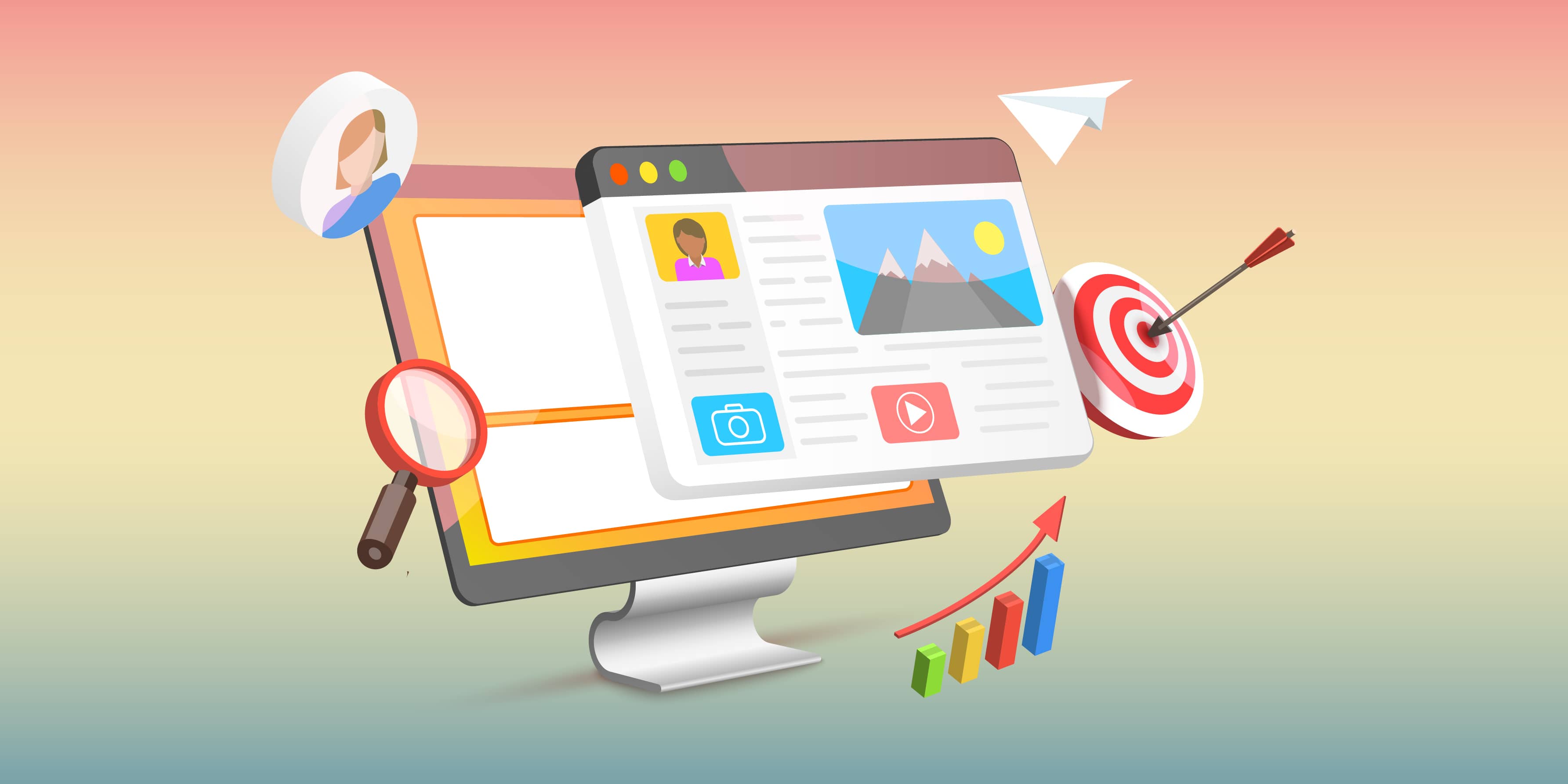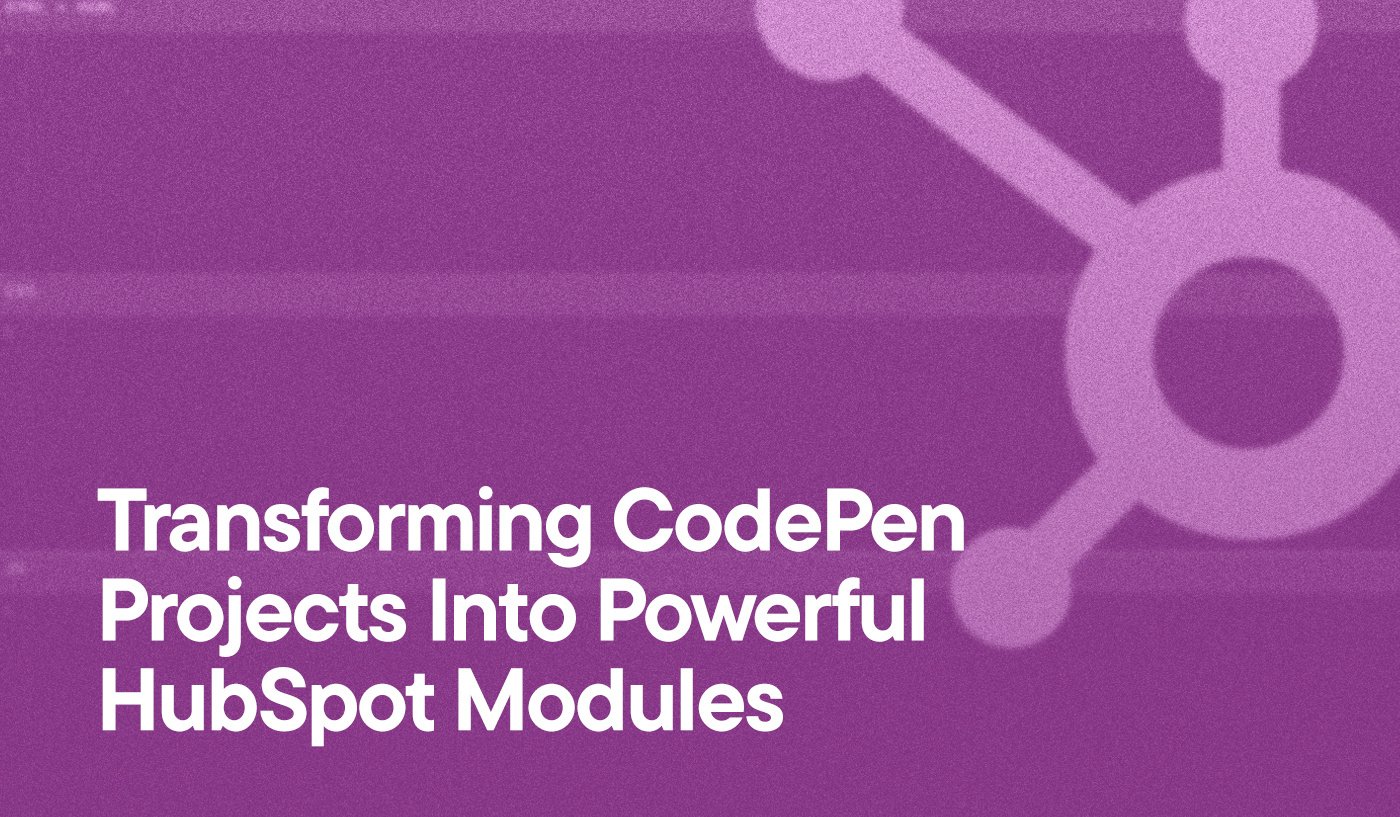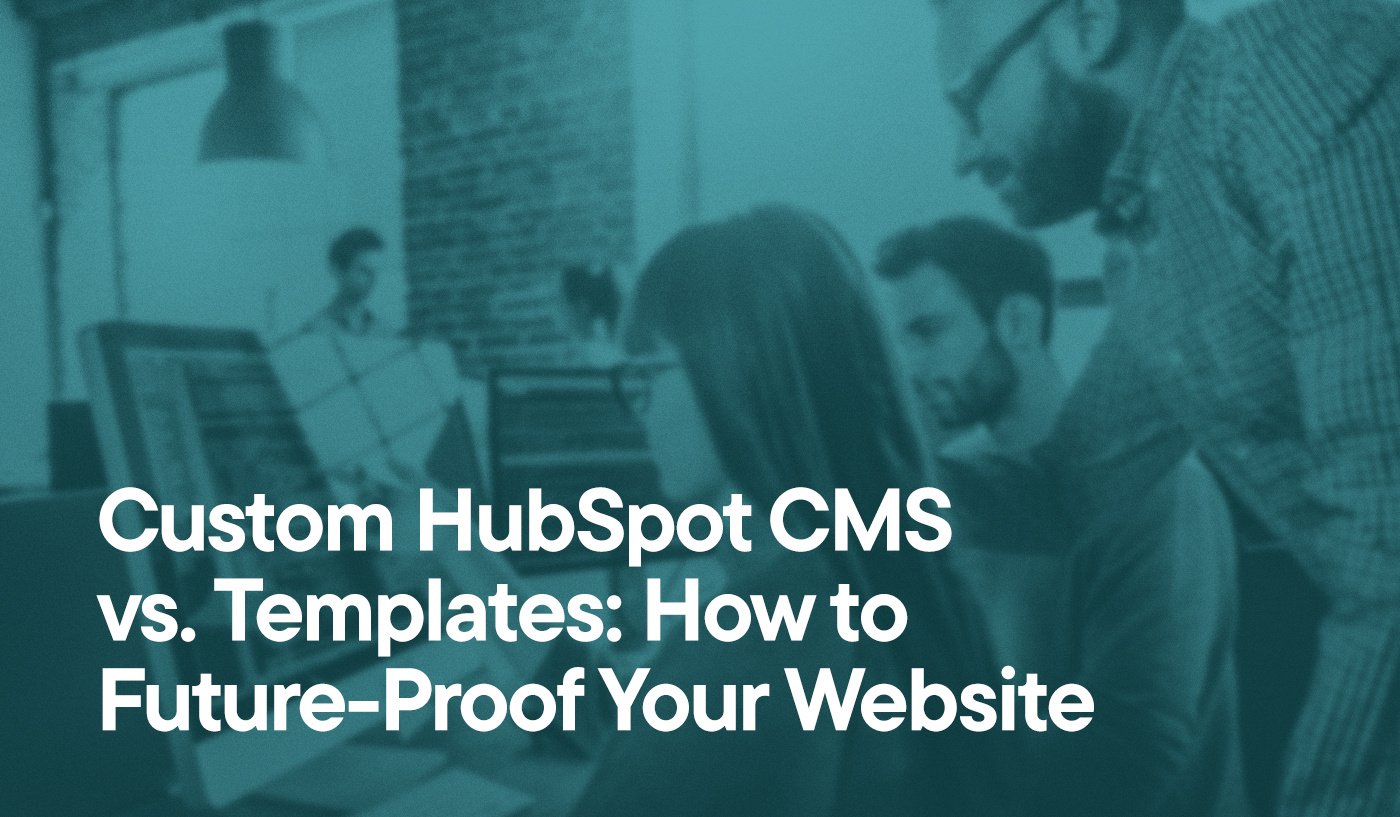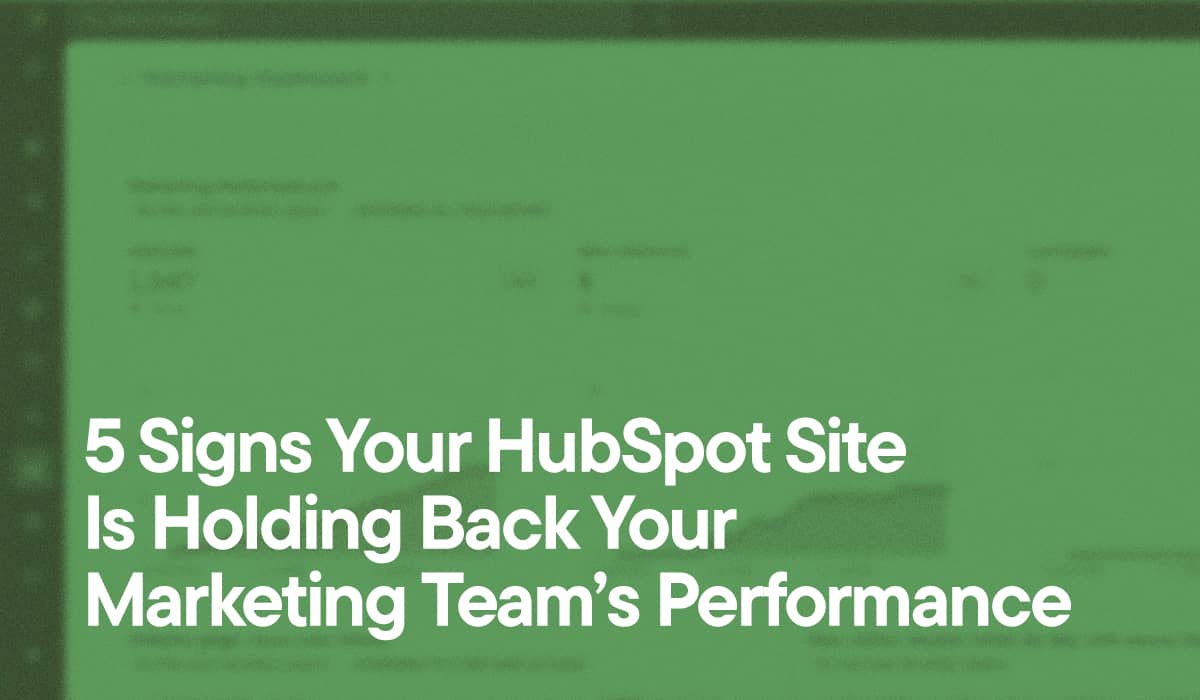In today’s online universe, your website is your most valuable digital asset. It’s a multifunctional platform where visitors can stop by at any stage of the buyer’s journey to:
- Discover Your Brand
- Learn About Their Challenges & Pain Points
- Identify Pain Point Solutions
- Purchase Your Product or Service to Resolve Those Challenges
That’s a heavy lift for any single asset, so it’s critical its components work effectively together. The fundamental elements include the homepage, site pages, and landing pages.
Let’s look at the unique roles these pages play, their differences, and how they help visitors move through the buyer’s journey.
Homepage
A homepage is your website’s entrance, which loads when visitors go to the domain, such as hyphadev.io. Most of your site traffic will originate here, regardless of where they are in the buyer’s journey.
Believe it or not, the key goal is to get your visitors off the homepage and deeper into the site. Therefore, it must have distinct paths to other website pages to accommodate differing visitor needs.
An effective homepage will typically include some or all of the following essential elements:
- A headline that clearly and simply communicates what you’re offering.
- A short sub-head expressing what challenge or pain point your product resolves for the visitor.
- Straightforward navigation to help visitors find what they’re looking for within the site, such as a blog post or other resource to learn more about their challenge, a product page to learn more about your product, a shopping cart icon to complete a sale, and so on.
- Unique calls to action, such as “Learn More,” “Request a Demo,” or “Free Trial,” addressing different points in the buyer’s journey.
- A footer with additional links to help visitors find information.
Remember, you don’t get a second chance to make a first impression. Ensure homepage copy and design are aligned, inviting, and helpful. In addition, ensure logical paths to your site's intended endpoints begin at the homepage.
Use a homepage to introduce a company and what it’s offering, and provide visitors an easy-to-follow path to continue their buyer's journey on your site.
Site Page(s)
Site pages are the primary building blocks of your website and typically accessed via your homepage navigation menu and footer. They provide visitors more information, and can include conversion opportunities to move visitors closer to a purchase. Site pages can support the buyer's journey in the awareness, consideration, decision, or even evangelist stage.
Let’s say you own a commercial lighting company that provides light bulbs, fixtures, and other related products for commercial businesses, for example.
Your site pages could include:
- An “About Us” page (awareness) introducing the visitor to your company and its key differentiators.
- A blog with posts on light installation and removal, and the pros and cons of energy-efficient lighting (awareness stage).
- A “How to” video evaluating LED light options (consideration stage). Product and “Contact Us” pages are also site pages designed for the consideration stage.
- FAQs or coupons (decision stage).
- Opportunities to leave a review or recommend a friend to the site (evangelist stage).
Use site pages to further educate visitors with information for all stages of the buyer's journey, and provide opportunities to move closer to a conversion or purchase.
Transform Your Marketing With Strategic Content
Ready to Convert More Leads Into Loyal Customers?
Discover Our Content Engineering Expertise arrow_forwardLanding Page(s)
A landing page has only one goal: to secure a conversion. And its name says it all. Visitors land on a landing page by clicking an ad or call to action (CTA). Thus, its content should reinforce the intent of the said ad or CTA, and nothing more. Best practices suggest website navigation shouldn’t be available on landing pages. In short, the visitor is led directly to the conversion action.
A landing page typically includes a form for the visitor to complete in exchange for something of value and can be used at any stage of the buyer’s journey, for example:
- An awareness stage landing page could offer a tip list or infographic.
- An offer for a lead in the consideration stage might be a more in-depth content piece, such as an eBook, or an opportunity to schedule a product demo.
- A decision stage landing page might include an offer for a free trial, a quote, or coupon.
Use a landing page to focus your audience’s attention on a singular conversion action, regardless of the buyer’s journey stage.
User Experience & Inclusion
Throughout your website, keep the user’s overall experience in mind. Engaging with content and moving from page to page should be intuitive, informative, pleasing, and inclusive for all users, including those with disabilities.
The Americans with Disabilities Act (ADA), Section 508 of the Rehabilitation Act of 1973, and international standards organization World Wide Web Consortium (W3C)’s Web Content Accessibility Guidelines (WCAG) provide legal requirements and guidance on the scope of responsibilities for digital accessibility.
Complying with the law is not only a smart legal decision, but the moral thing to do to combat discrimination against people with disabilities, and ensure all visitors have access to your products and services. According to the U.S. Census Bureau, nearly 13% of "noninstitutionalized" people in the U.S. had a disability in 2019一that’s an additional 41 million people who might want to do business with you.
For more information, see Understanding Website Accessibility and ADA Compliance, and for resources on making your website more inclusive, visit leading digital inclusion resource InclusionHub.
Finally, all pages should be action oriented. Whether you're building a landing page to convert a visitor into a lead or creating a site page to educate visitors, ensure you provide a logical path to the next step.




